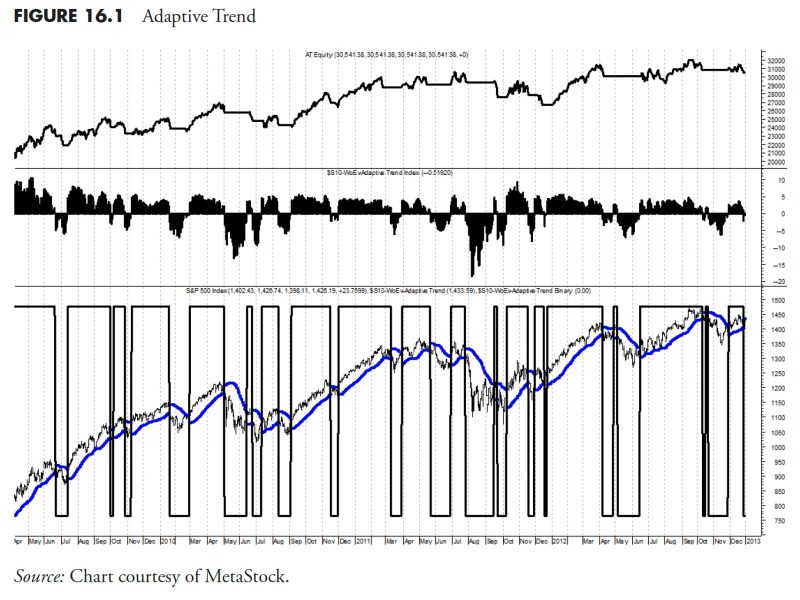When it comes to managing a portfolio effectively, one key strategy that investors often turn to is trend-following. Trend-following is based on the idea that assets tend to move in persistent and identifiable trends over time. By employing rules-based money management techniques, investors can capitalize on these trends to maximize returns while effectively managing risk.
One of the key aspects of trend-following is the use of moving averages. Moving averages are technical indicators that smooth out price data to identify trends. Investors often use moving averages to determine entry and exit points for their positions. For example, a popular strategy is to use a dual moving average crossover system, where investors buy when a short-term moving average crosses above a long-term moving average and sell when the opposite occurs.
Another important aspect of trend-following is the concept of risk management. Rules-based money management involves setting clear guidelines for how much capital to allocate to each trade and when to cut losses. By implementing strict risk management rules, investors can minimize potential losses and protect their overall portfolio.
Furthermore, trend-following strategies often incorporate the concept of position sizing. Position sizing involves determining how much capital to allocate to each trade based on factors such as volatility and risk tolerance. By adjusting position sizes according to the perceived risk of each trade, investors can optimize their portfolio’s performance while managing overall risk exposure.
In addition to moving averages, risk management, and position sizing, trend-following strategies also often incorporate the use of stop-loss orders. Stop-loss orders are predetermined price levels at which investors will exit a trade to limit losses. By setting stop-loss orders based on rules rather than emotions, investors can effectively control risk and protect their capital in volatile market conditions.
Overall, rules-based money management techniques can be a powerful tool for investors looking to implement trend-following strategies in their portfolios. By combining moving averages, risk management, position sizing, and stop-loss orders, investors can increase the likelihood of capturing profitable trends while limiting potential losses. By following a systematic approach and adhering to clear rules, investors can take advantage of market trends and achieve long-term success in their investment endeavors.
